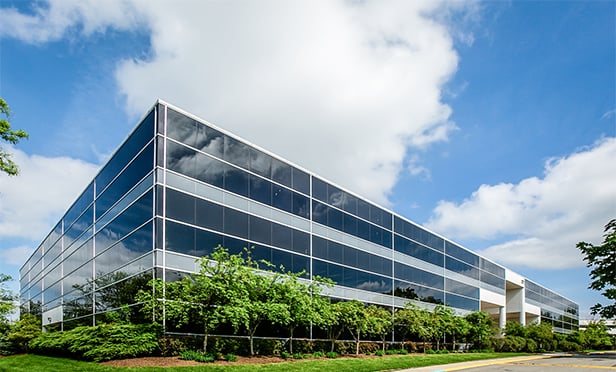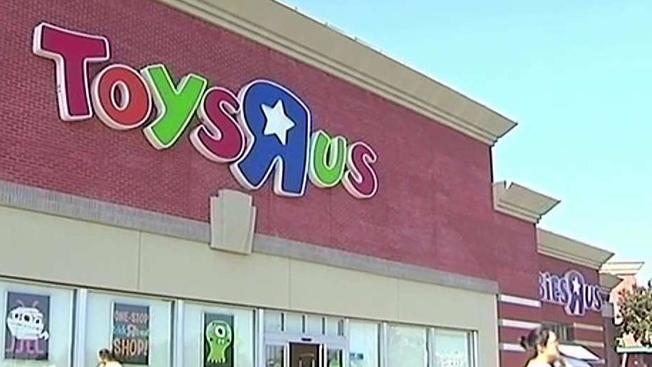
Within the South Florida region, troubled assets are most prevalent in Miami, which accounts for more than 60% of distressed property by dollar volume, the remainder is split almost evenly between Palm Beach and Broward counties.
In Miami and the greater South Florida region, development projects have contributed to some of the greatest distress, led by a handful of hotel deals and several failed residential projects and condo towers. Icon Brickell, a massive three tower mixed-use project tops the list of troubled developments in the region, with an estimated $700 million in past-due construction loans. The lender on the condo portion of the project has reportedly opted to continue sales on a one-off basis rather than selling units in bulk at deeper discounts and writing down significant losses immediately.
South Florida's overbuilt housing market remains a drag on the local economy and the apartment sector. At present, multifamily properties account for one-quarter of the region's distressed commercial real estate. The total includes many properties that last traded between 2004 and 2006, when close to 30,000 apartments were removed from inventory for conversion to condos. Some units that were converted have been returned to the local rental market directly and others are being offered for lease by individual investors who originally planned to flip units.
Market-wide, apartment vacancy has more than doubled in recent years to the current level of approximately 7.5%. In Miami, which boasts the lowest vacancy rate in the South Florida region but accounts for the majority of distressed apartment properties, opportunities to purchase assets at drastic discounts have failed to materialize en masse. In fact, well-located properties in Miami can still command relatively healthy prices. Late last year, for example, an institutional investor purchased the foreclosed 308-unit Vista View on Sunny Isles Beach for $101,500 per unit, signaling intense interest in assets with valuecreation potential.
The recession has taken a toll on South Florida's hospitality market, which accounts for 20% of the region's distressed commercial property by dollar volume. Despite a temporary improvement in hotel fundamentals early this year, thanks to the Pro Bowl and Super Bowl, a recovery in fundamentals remains some time off. During 2009, developers delivered approximately 3,500 new rooms to the Miami hotel market, while the average occupancy rate in metro area slipped nearly 9% and room rates dropped more than 12%, contributing to elevated levels of distress in the marketplace.
At present, almost 20% of the CMBS debt backed by South Florida hotel assets is 60-plus days delinquent, compared to the market-wide average across property types of 10.2%. The bulk of delinquency is concentrated among the Extended Stay and Homestead brands. Several full service hotel assets have encountered trouble as well, however, including the Crown Plaza in Broward County, South Beach's Royal Palm and historic Miami properties like The Sagamore Hotel and high-end The Shore Club. The latter, which is now 90-plus days past due, was most recently appraised for just half of its estimated 2005 value. That was when the loan on the property was securitized.
By dollar volume, retail accounts for 12% of the distressed commercial real estate in the South Florida region. Several foreclosures have been completed to date and papers have been filed for most of the outstanding troubled loans backed by retail. In the CMBS arena, only a few loan modifications have been reported, and most were extensions granted on maturing debt backed by otherwise healthy properties.
Properties with major operational challenges, such as Palm Beach Mall, have been foreclosed and sold at sizable discounts to outstanding debt. All three of the major metro areas in South Florida are forecast to register another year of job losses in 2010, underpinning expectations for a 130 basis point increase in the region's retail vacancy rate to 11.3%. Newer grocery-anchored centers have experienced significant weakening in recent quarters due to soft housing market conditions, vacancy for these properties now hovers in the mid-12% range in the Fort Lauderdale and Miami markets.
With the South Florida retail market likely to face several more quarters of softening fundamentals, and foreclosure proceedings already filed against owners of many troubled properties, risk-tolerant investors are likely to find more attractively priced retail acquisition opportunities this year.
Office vacancy in the South Florida region has nearly doubled since 2006 and 2007, when approximately 50% of the outstanding office CMBS loans were originated, but the 60-plus-day delinquency rate remains comparatively low at around 8.5%. Further weakening in the class A office market is anticipated this year as two major properties are delivered mostly vacant to the Miami metro area, though in general, lenders are likely to work with borrowers facing maturing debt to avoid further near-term losses.
To date, most of the foreclosure and REO activity has involved smaller, older properties, though papers have been filed against several large assets, including the massive Las Olas Centre in Fort Lauderdale. The property traded for a record-high price in 2007 and boasts above-average occupancy, but the owners have been unable to refinance an estimated $220 million in matured debt.
Weakening NOIs, tight financing and a wide gap between buyers' and sellers' expectations have combined to drive down commercial real estate prices and sales activity throughout the region. Cap rates have increased across the board, but the greatest upward correction has been registered in the office market, where cap rates are up more than 210 basis points since 2007. Apartment and retail cap rates rose roughly 190 basis points and 160 basis points, respectively, over the same period. Within the South Florida region, commercial real estate sales velocity slipped 54% last year and was down nearly 80% from peak levels achieved five years earlier. The retail sector posted the sharpest decline in 2009, with only a handful of deals closed during the year. Long-term, South Florida's favorable climate and desirable location will act as a lure for new residents and visitors, ultimately giving way to a sustainable economic recovery . In the near term, however, the region's outlook remains clouded by a glut of vacant, for-sale housing units, and forecasts for net job losses and softening real estate fundamentals through 2010. In addition, downward pressure on NOIs will persist for several quarters to come due to lease rollovers, and the credit market will remain tight, hampering commercial property sales.Aside from these challenges, less risk-averse investors are likely to find an increasing number of attractive acquisition opportunities this year and next. After holding onto properties through the recession, more owners may choose to sell this year due to looming debt maturities or to focus on extended investment strategies, which may require them to prune portfolios of lesser-quality or non-core assets.
GlobeSt.com News Hub is your link to relevant real estate and business stories from other local, regional and national publications.
© 2025 ALM Global, LLC, All Rights Reserved. Request academic re-use from www.copyright.com. All other uses, submit a request to [email protected]. For more information visit Asset & Logo Licensing.







